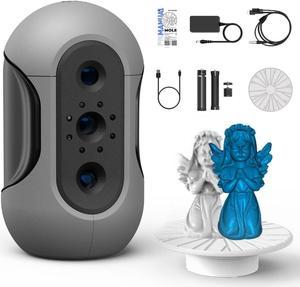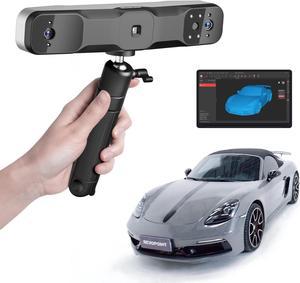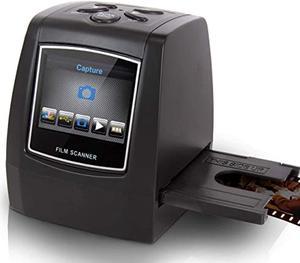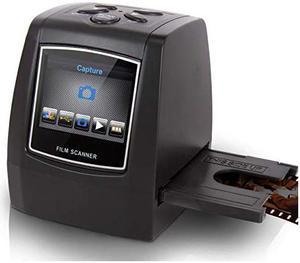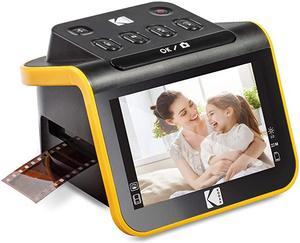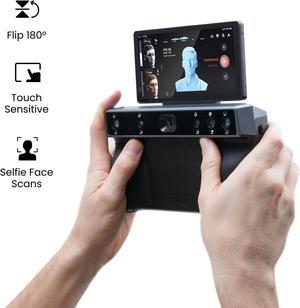
- Series: MIRACO
- Part #: MIRACO
- Enclosure Material: PC ABS
- Supported OS: Windows 10/11 (64-bit), macOS
- Model #: MIRACO-PRO
- $1,599.00 –
- Free Shipping
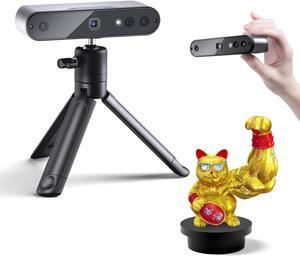
- Series: INSPIRE
- Enclosure Material: PC ABS
- Supported OS: Windows 10/11, Android, iOS, macOS
- Dimensional Accuracy: 0.2 mm
- Model #: INSPIRE-STANDARD-EDITION
- $399.00 –
- Free Shipping
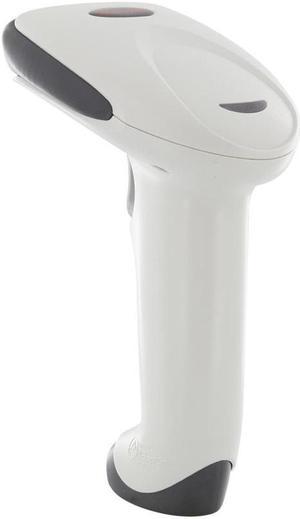
- Model #: 1300G-1USB-852
- $81.99 –
- More options from $45.00 - $81.99
- Special Shipping
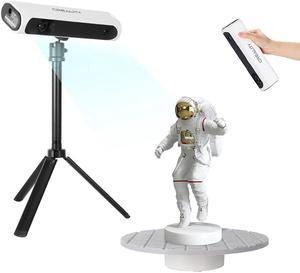
- Product Size/Dimensions: 14.57 x 12.44 x 5 inches
- Operation Temperature: 0-40?(Non-condensing)
- Minimum Computer Requirements: 8G RAM above and 2G graphics card memory above
- Dimensional Accuracy: 0.1mm
- Model #: CR-SCAN3D01
- $995.89 –
- Free Shipping
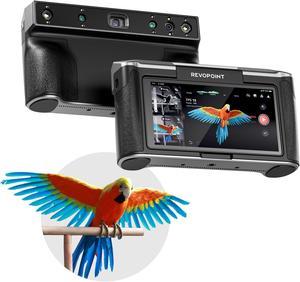
- Series: MIRACO
- Part #: MIRACO
- Enclosure Material: PC ABS
- Supported OS: Windows 10/11 (64-bit), macOS
- Model #: MIRACO
- $1,299.00 –
- Free Shipping
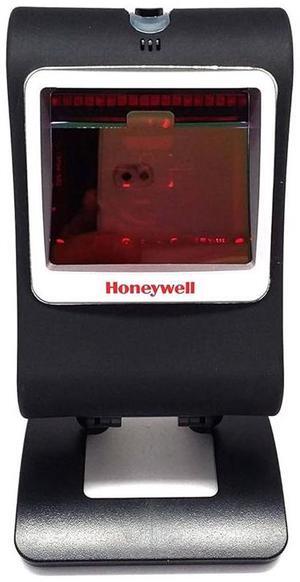
- Model #: 7580G-New
- $298.00 –
- Free Shipping
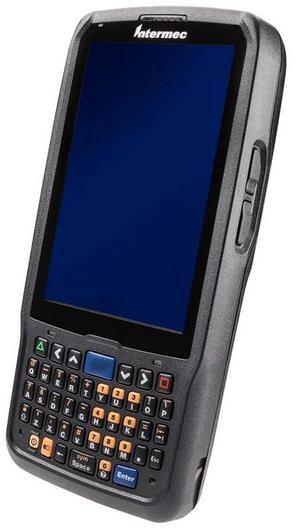
- $1,898.00 –
- Free Shipping
Scanning enables you to capture documents, surfaces and objects, so you can safely digitize them onto a storage device. Using a 3D scanner lets you scan an item and produce a digital form of it. A digital form facilitates printing the duplicate object via a 3D printer. Track your inventory using a laser scanner, so you can capture every item in stock and know when to reorder your items. Most laser scanners are handheld and require a swipe of its infrared laser over a barcode, quickly taking inventory. A film slide scanner copies film or slides directly onto your computer without the use of a hard copy. Scanning photos this way lets you remove film grain and scratches so that you have an improved, digitized reproduction.
Easily Duplicate Items With a 3D Scanner
Certain professions require the use of a specialized scanner because the job needs specific parts of documents scanned or copies of unique formats. A handheld scanner captures documents at any angle, so you digitize a drawing or notes attached to a wall or drawer. Scan medical, bank or legal records obtained with a mobile scanner to quickly digitize and use later. A 3D scanner captures an item in the real world so that you can duplicate it via a 3D printer. Digitize film or negatives with a film slide scanner, which crops, enlarges or cleans up your images while it scans.
Store High-Quality Digital Images
Take advantage of using flatbed scanners to digitize birth certificates, passports, books and credit cards for future reference. The 3D scanners function the same way but create 3D models for consumers to virtually see online. Jewelers capture precious stones, rings or necklaces where potential buyers view them in 3D before the jeweler designs them for the customer. Artists or designers create a virtual representation of 3D objects, showing their clients how their work looks in a particular space. In the medical field, practitioners use 3D scanners to duplicate a patient’s limb, creating a precise fit for prosthetics. Small businesses can scan an item per order, output the product in 3D, deliver it, and keep the overhead down with practically no inventory.
Scanners Expedite Storage of Documents
Digitize your items with a scanner so you can share and store them with document scanners that capture word- and image-based information. Use 3D scanners for capturing objects and digitizing them for future output on 3D printers. Handheld devices capture real-world objects of any size and are ideal for use in the field. The handheld scanner performs like a wand by automatically determining the distance from the object using an intuitive user interface (UI), letting anyone scan objects quickly and easily. Most handheld devices have at least four modes: head mode, object mode, mask mode and body mode. The different methods help you scan items of various sizes for use in the designing and 3D printing processes.
